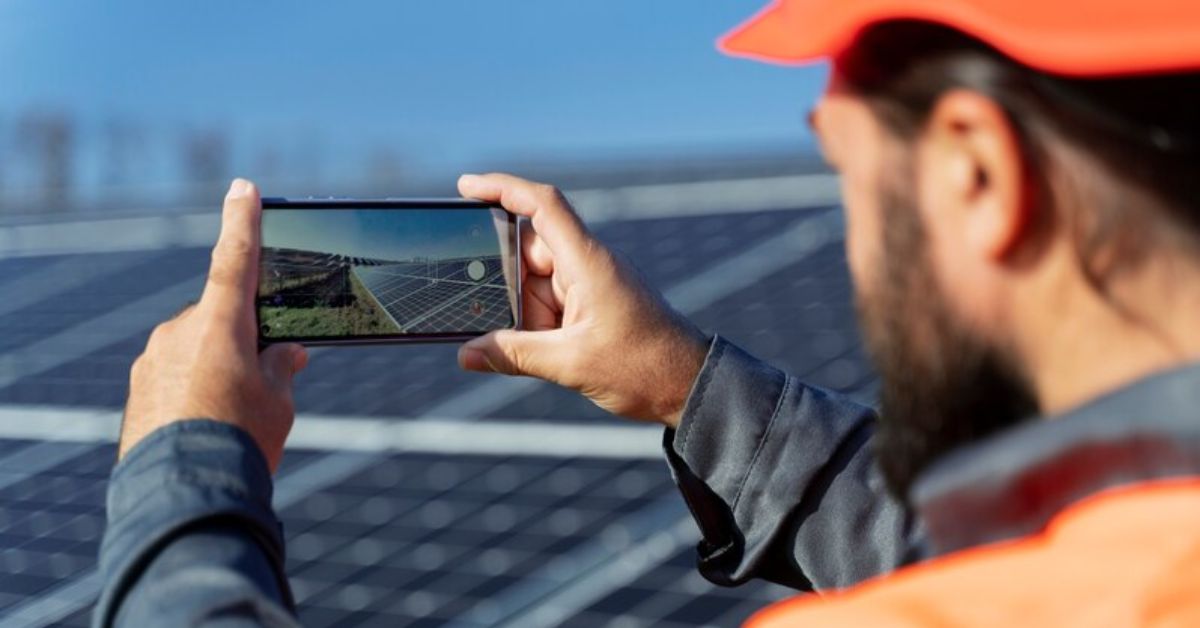Choosing the right location for solar panel installation is a critical factor that can significantly impact a solar energy system’s efficiency and overall performance. With the increasing emphasis on renewable energy sources, identifying the most suitable areas for solar panel placement has never been more vital. We will explore various aspects that contribute to selecting an optimal location for solar panels, from assessing sunlight exposure to considering structural and environmental factors. By the end, you will have a comprehensive understanding of maximizing the benefits of solar energy for your home or business.
Assessing Sunlight Exposure
The first step in selecting the location for solar panel installation is assessing sunlight exposure throughout the year. Solar panels require direct sunlight to operate effectively, so it’s essential to identify areas on your property that receive ample sun throughout the day. This can be achieved through careful observation or solar pathfinder tools that can help visualize the sun’s trajectory. Ideally, the panels should be positioned where they will receive unobstructed sunlight for most of the day, particularly between 9 AM and 3 PM, when sunlight is most intense. Consideration must also be given to seasonal variations, as some areas may experience more sunlight during certain months, affecting the overall energy production of the system. Furthermore, shading from nearby trees, buildings, or other structures can hinder the efficiency of the solar panels, so it is wise to evaluate potential obstructions and adjust the panel’s location accordingly.
Evaluating Roof Orientation and Tilt
If you plan to install solar panels on your roof, the orientation and tilt of the roof are crucial elements to consider. The ideal orientation for solar panels in the Northern Hemisphere is typically south-facing, as this maximizes sun exposure. In the Southern Hemisphere, north-facing roofs are preferred. In addition to orientation, the angle of the roof can also influence performance. Generally, a tilt angle that matches your location’s latitude is considered optimal for solar energy production, but adjustments can be made based on specific seasonal variations. Adjustable mounts can position the panels at the ideal angle for flat roofs. Additionally, it’s important to consider the material and condition of your roof, as solar panels require a sturdy and structurally sound base for installation. Taking these factors into account ensures that your solar panels are positioned for maximum sunlight exposure and securely installed to withstand environmental conditions.
Considering Local Climate and Weather Conditions
Understanding the local climate and weather conditions is integral to selecting a solar panel location. Different climates can affect solar panel efficiency, durability, and lifespan. For instance, areas that experience frequent rainfall or snow may require additional considerations to prevent water accumulation or snow buildup on the panels. Conversely, regions with high temperatures can decrease solar panel performance efficiency. It’s also important to consider local weather patterns, such as the frequency and intensity of storms, as these can impact the installation and maintenance of solar panels. Researching and understanding these factors allows homeowners and businesses to choose locations that optimize solar energy production and ensure the longevity and reliability of their solar systems.
Evaluating Available Space and Structural Integrity
When determining where to install solar panels, evaluating the chosen location’s available space and structural integrity is crucial. Space constraints can limit the size of the solar energy system you can install, directly affecting your energy production capabilities. Therefore, it is essential to measure the area where the solar panels will be placed, whether on the roof or the ground and ensure they meet the size requirements for your intended system. Additionally, structural integrity is of utmost importance, especially for rooftop installations. Before installation, a thorough roof inspection should be conducted to confirm that it can support the weight of the solar panels and mounting hardware. Consulting with a structural engineer may be beneficial, especially for older buildings or those with unique architectural features. In the case of ground-mounted solar systems, evaluating the type of soil and its capacity to support the installation is essential to ensure stability and longevity.
Understanding Local Regulations and Incentives
Before proceeding with solar panel installation, it’s crucial to familiarize yourself with local regulations and incentives that may affect your decision. Different regions may have specific zoning laws, building codes, or permitting requirements that dictate where and how solar panels can be installed. Understanding these regulations will help ensure compliance and avoid potential legal issues. Additionally, many local governments and utilities offer financial incentives, such as tax credits, rebates, or grants, for solar installations. Researching available programs can help offset installation costs and inform you about potential benefits or restrictions related to your specific location. Engaging with local solar energy companies or consultants can provide valuable insights into these regulations and incentives, allowing you to decide on your solar installation.
Choosing the right location for solar panel installation by North Valley Solar Power involves thoroughly assessing various factors, including sunlight exposure, roof orientation, climate conditions, available space, regulations, future expansion potential, and environmental aesthetics. By understanding these critical aspects, you can make informed decisions that will enhance the performance and longevity of your solar energy system. Investing the time to evaluate these elements will maximize energy production and contribute to a sustainable and environmentally responsible energy future. As solar technology continues to evolve, making strategic choices today will benefit you in the long run, enabling you to harness the sun’s power effectively.











